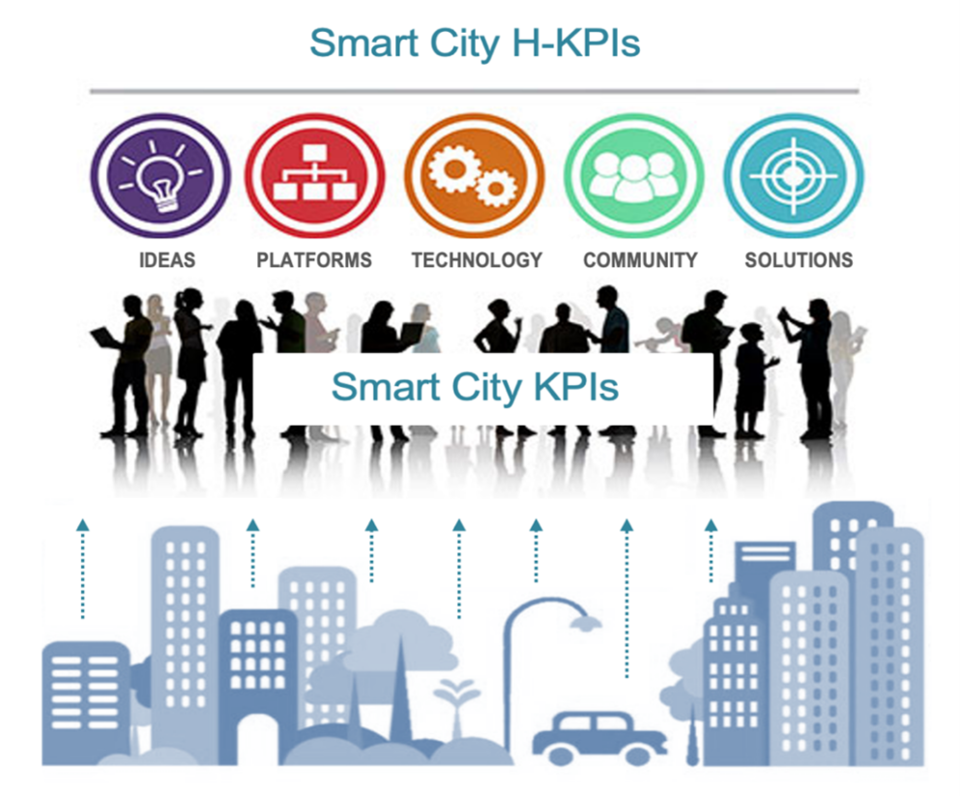
Smart City Holistic Key Performance Indicators Support Community Benefits
Have you ever wondered what it is about a smart city or community that makes it ‘smart?’ In an international collaboration with Dr. Martin Serrano of the National University of Ireland Galway, NIST researchers have answered that question.
Smart cities and communities commonly use metrics, or Key Performance Indicators (KPI), for evaluating or measuring their smart city ecosystems. However, many KPI approaches are limited by their technology- or sector-specific focus and their inability to measure benefits essential to assessing community impact and return on investment. To overcome this limitation, a Holistic Key Performance Indicators (H-KPI) Framework has been developed that builds on conventional KPI methods and accounts for unique characteristics such as varying districts and neighborhoods, differences in population and economic scale, the reuse of previously deployed technologies, and other factors relevant to a city or community. In this work, the term ‘smart’ in ‘smart cities’ is defined as the efficient use of digital technologies to provide prioritized services and benefits to meet community goals, such as economic vitality, equity, resilience, sustainability, or quality of life.
The H-KPI Framework is described in the recently published NIST Special Publication 1900-206 Smart Cities and Communities: A Key Performance Indicators Framework. The Framework provides the basis for developing measurement methods and tools that allow for integration, adaptability, and extensibility at three interacting levels of analysis: technologies, infrastructure services, and community benefits. The publication describes a H-KPI method which provides a structured representation of smart city/community information flows and enables computational methods for systems design, analysis, operations, and assurance. The five core metrics of the method are:
- alignment of KPIs with community priorities across districts and neighborhoods;
- investment alignment with community priorities;
- investment efficiency;
- information flow density; and
- quality of infrastructure services and community benefits.
Applications of the H-KPI methodology include strategic planning, systems design and assurance, and operations management. The approach will benefit future efforts in the NIST smart cities and communities program including the NIST Global City Teams Challenge.
In this collaboration, Dr. Serrano (Senior Research Fellow in the Insight Centre for Data Analytics at the National University of Ireland Galway) was supported by the NGI Explorers Program under the EC Horizons 2020 framework.
Equipped with tools to measure progress, cities and communities can now navigate their course to a smarter future for their residents and businesses.

